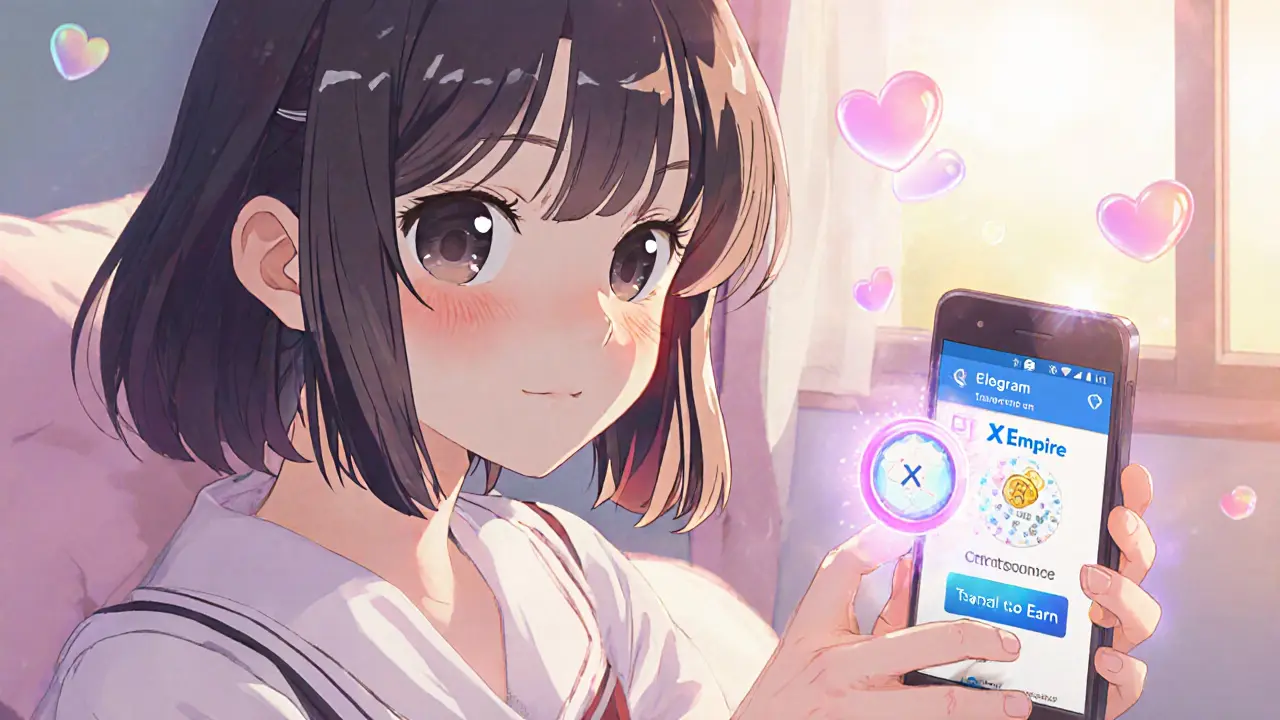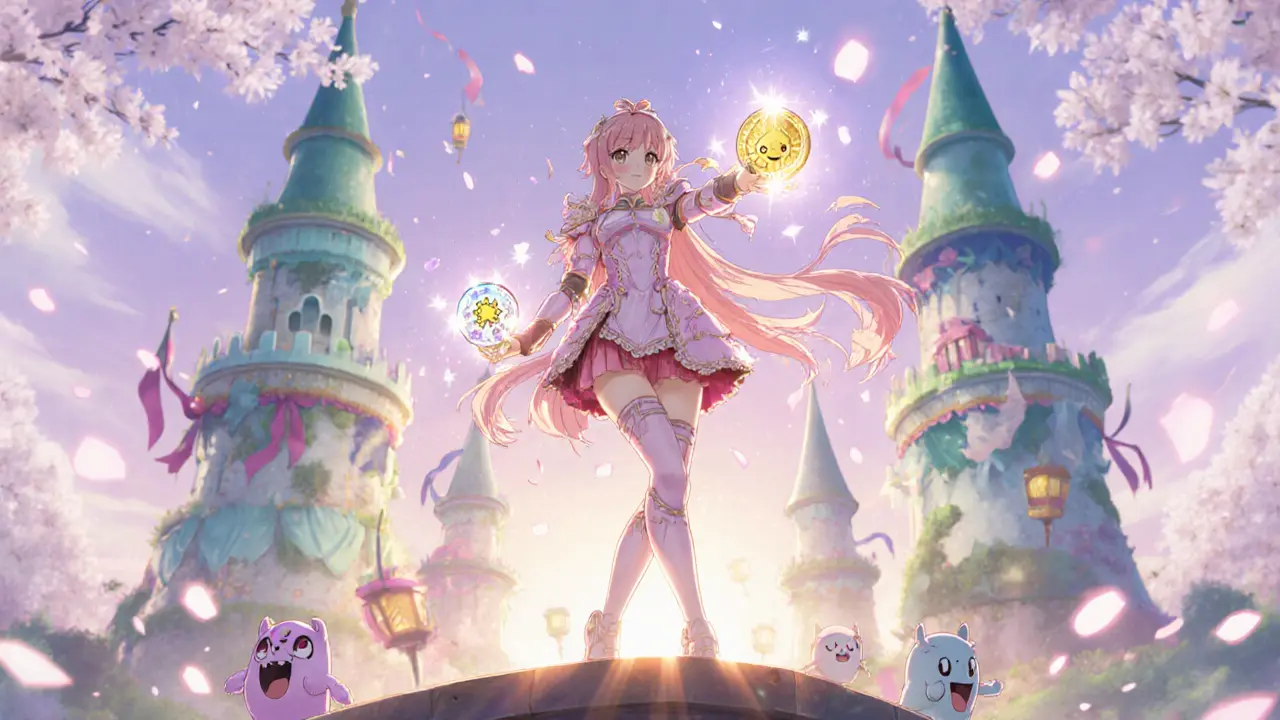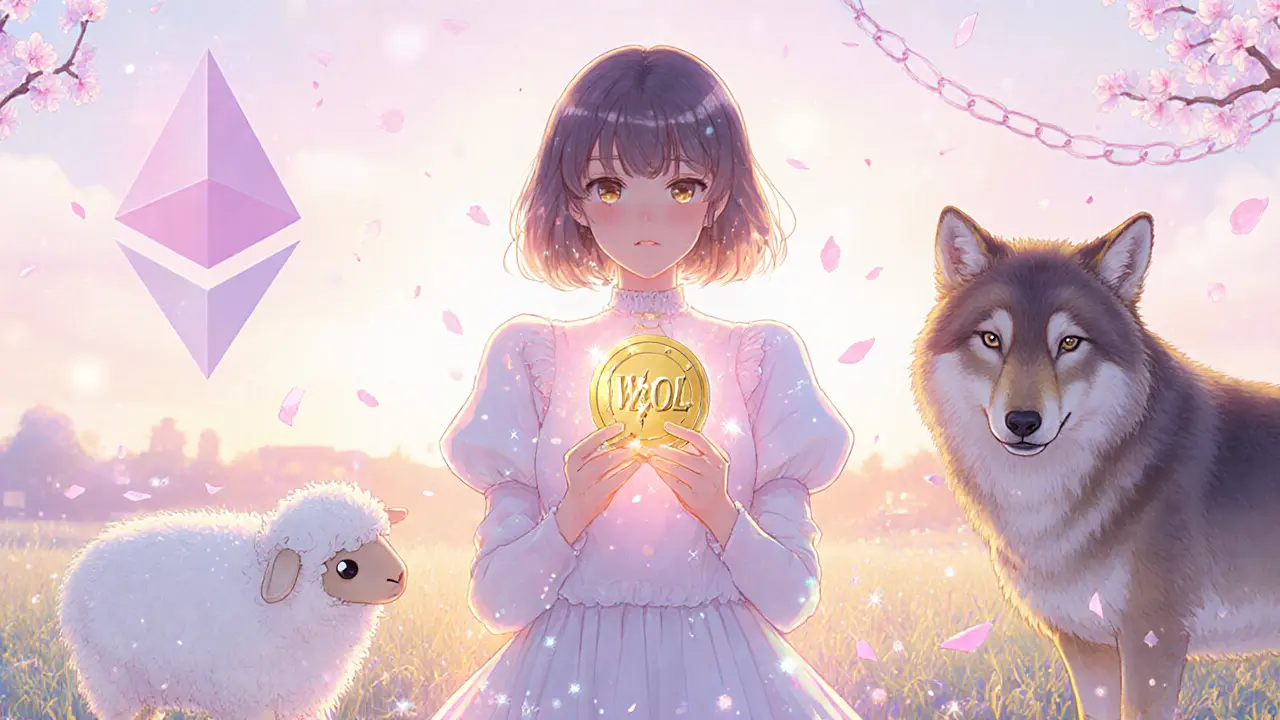Blockchain Gaming
When you hear Blockchain Gaming, the use of blockchain technology to let players earn, own, and trade in‑game assets. Also called GameFi, it reshapes how games reward users., you probably think of token rewards or flashy NFT skins. In reality, the space is a mix of finance, tech, and community. It brings real‑world value to virtual worlds, letting a gamer turn time spent into crypto that can be moved off‑chain. That core idea fuels dozens of projects, from Telegram‑based tap‑to‑earn games to massive open‑world RPGs.
Key concepts that power the ecosystem
One of the biggest drivers is Play-to-earn, a model where gameplay directly yields cryptocurrency or token rewards. It flips the old “pay‑to‑win” model on its head: instead of spending money to get ahead, you earn as you play. Another common hook is the Airdrop, a free distribution of tokens to eligible users, often used to kickstart a new game’s economy. Airdrops lower the entry barrier, attract early adopters, and create buzz across social channels. Then there are NFTs, non‑fungible tokens that certify ownership of unique in‑game items, characters, or land. Because NFTs live on a public ledger, players truly own their digital gear and can sell it anywhere without the game’s permission.
These three pieces interact in a simple loop: a game launches an airdrop, gives players NFTs as rewards, and those NFTs unlock play‑to‑earn opportunities. The loop creates a self‑sustaining economy where each new player adds value for existing holders. Projects like X Empire, FIWA Token, and Wolf Game illustrate the pattern. X Empire uses a Telegram bot to hand out its X token for daily actions, while FIWA’s DeFi Warrior combines staking and airdrops to fuel a battle‑royale style game. Wolf Game’s WOOL token lets players earn on‑chain yields from virtual sheep, then spend or trade the resulting NFTs.
Beyond the token mechanics, the tech stack matters. Most games sit on Ethereum or Binance Smart Chain, using ERC‑20 for fungible tokens and ERC‑721 or ERC‑1155 for NFTs. The choice influences transaction costs, speed, and user experience. For example, a BSC‑based game can offer cheap micro‑transactions, making it easier to run a play‑to‑earn loop without draining wallets. Meanwhile, Ethereum’s larger ecosystem gives access to more marketplaces and tools, which helps projects attract collectors.
All these elements—play‑to‑earn, airdrops, NFTs, and the underlying blockchain—combine to form the modern blockchain gaming landscape. Below you’ll find detailed guides on specific projects, tokenomics breakdowns, and step‑by‑step airdrop claim instructions. Whether you’re hunting for the next big token, want to understand how a game’s economy works, or simply curious about how NFTs can give you real ownership, the articles ahead have you covered.
RVLVR Revolver Token Airdrop: What We Know and What You Need to Watch For
No official RVLVR Revolver Token airdrop exists in 2025. Learn how to spot fake crypto airdrops, what real gaming token launches look like, and where to find legitimate opportunities instead.
X Empire (X) Crypto Coin Explained - How It Works, Specs, and Risks
Explore X Empire (X) crypto coin: how it works, technical specs, market data, risks, and future outlook for Telegram gamers.
FIWA Token & Airdrop Details: DeFi Warrior Overview, Price, Tokenomics & Roadmap
Detailed FIWA token and airdrop guide: price, tokenomics, roadmap, risks, and how to claim missed airdrops for DeFi Warrior gamers and investors.
HeroesTD (HTD) CoinMarketCap Airdrop Details, Token Info & Claim Guide
All you need to know about the HeroesTD CoinMarketCap airdrop, token details, eligibility criteria, claim steps, risks, and FAQs in one comprehensive guide.
NBOX NFT Giveaway: Super Hero Game Launch Airdrop Details & How to Claim
Learn how to join the NBOX NFT giveaway for the Super Hero game launch, complete eligibility steps, claim your NFT and tokens, and avoid common pitfalls.
What Is Wolf Game WOOL (WOOL) Crypto Coin - Complete Guide
Discover what Wolf Game WOOL (WOOL) crypto coin is, its tokenomics, how to earn and use it, and how it compares to other play‑to‑earn tokens.





